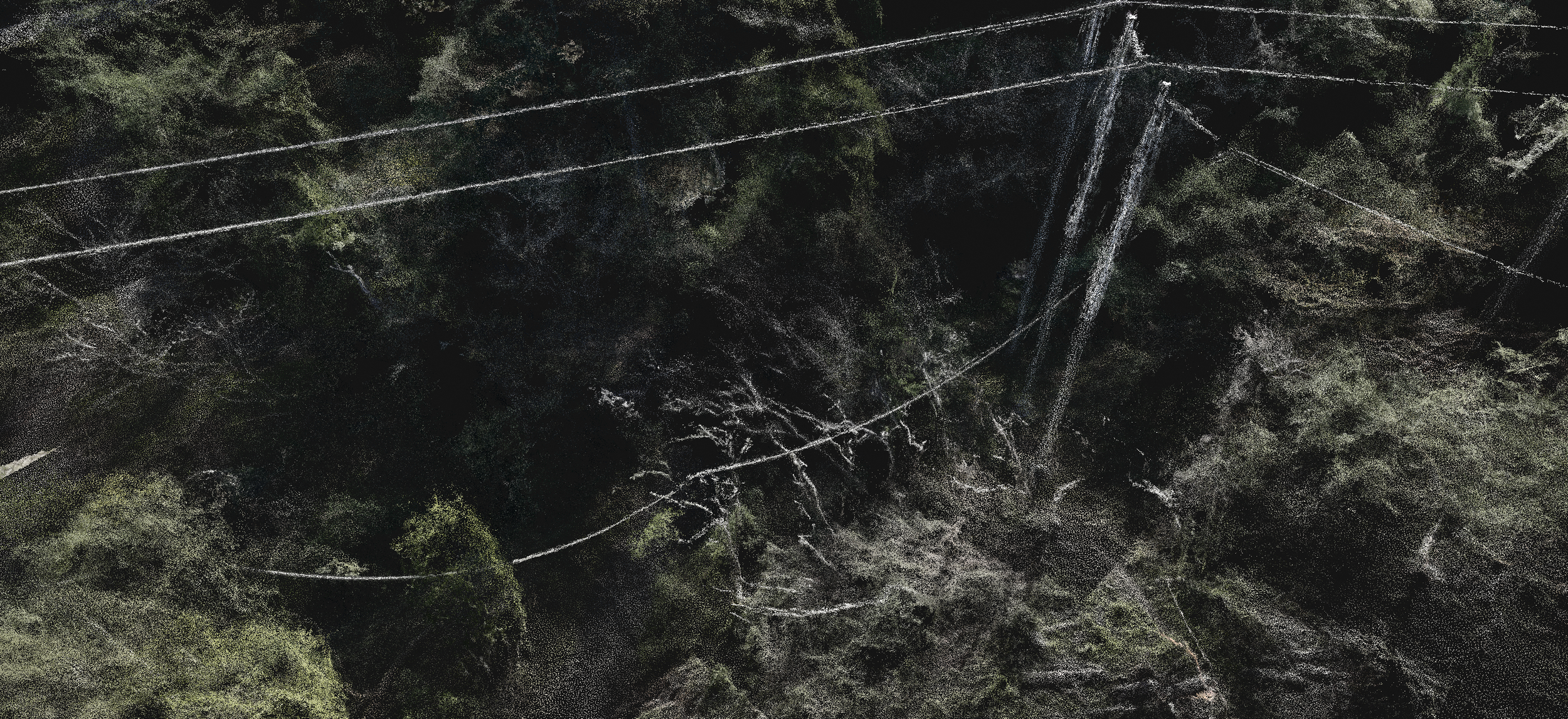
From the 26th of March, 2023 to possibly Friday, the 7th of April, one of the three feed lines of the 220-kV 300-MVA circuit that brings electricity to the Stanford Linear Accelerator Center was suspended in the branches of the trees below the lines, broken by a 130 foot tree that came down in the wind storm of the 21st. Residents had witnessed a loud bang and a bright white flash of light that night. This break occurred on a section of line less than 70 feet away from a home.
The residents of the neighborhood have pleaded with SLAC for years to conduct proper vegetation management of the power lines that run through the woods of the Santa Cruz mountains. PG&E is held to the standards set forth in the California Public Utility Commission (CPUC) General Order 95 (GO 95).
When a supply or communication company has actual knowledge, obtained either through normal operating practices or notification to the company, that dead, rotten or diseased trees or dead, rotten or diseased portions of otherwise healthy trees overhang or lean toward and may fall into a span of supply or communication lines, said trees or portions thereof should be removed (GO 95 p III-19).
According to Appendix E GO 95:
The radial clearances shown below are recommended minimum clearances that should be established, at time of trimming, between the vegetation and the energized conductors and associated live parts where practicable. Reasonable vegetation management practices may make it advantageous for the purposes of public safety or service reliability to obtain greater clearances than those listed below to ensure compliance until the next scheduled maintenance. Each utility may determine and apply additional appropriate clearances beyond clearances listed below, which take into consideration various factors, including: line operating voltage, length of span, line sag, planned maintenance cycles, location of vegetation within the span, species type, experience with particular species, vegetation growth rate and characteristics, vegetation management standards and best practices, local climate, elevation, fire risk, and vegetation trimming requirements that are applicable to State Responsibility Area lands pursuant to Public Resource Code Sections 4102 and 4293.
The Minimum Radial clearance of bare line conductors for a 220-kV service from tree branches or foliage is 10 feet. However The Minimum Radial clearance of bare line conductors from vegetation in the Fire-Threat District is 30 feet.
Public Resource Code (PRC) Sections 4102 and 4293 are California state laws that require property owners, including utilities, to manage vegetation in a manner that reduces the risk of wildfire. These laws are particularly relevant for properties located in high fire-threat districts, where the risk of wildfires is greater.
PRC Section 4102 requires property owners to maintain a defensible space around structures that is free of vegetation, combustible materials, and other potential sources of ignition. The law specifies the minimum distances required for different types of vegetation, structures, and other objects, and requires property owners to take steps to reduce the fuel load and prevent the spread of wildfires.
PRC Section 4293 applies specifically to utilities, and requires them to maintain their facilities in a manner that minimizes the risk of wildfire. This includes implementing vegetation management plans that are consistent with PRC Section 4102 and other applicable laws and regulations, and that are designed to reduce the risk of ignition and limit the spread of wildfires.
Under PRC Section 4293, utilities are required to work with local fire departments and other stakeholders to develop and implement vegetation management plans that are appropriate for the specific conditions in each area. The law also requires utilities to periodically inspect their facilities and vegetation management practices to ensure that they are effective in reducing the risk of wildfires.
Overall, PRC Sections 4102 and 4293 are important laws that help to protect public safety and reduce the risk of wildfires by requiring property owners and utilities to manage vegetation in a manner that is consistent with best practices for wildfire prevention and mitigation.

